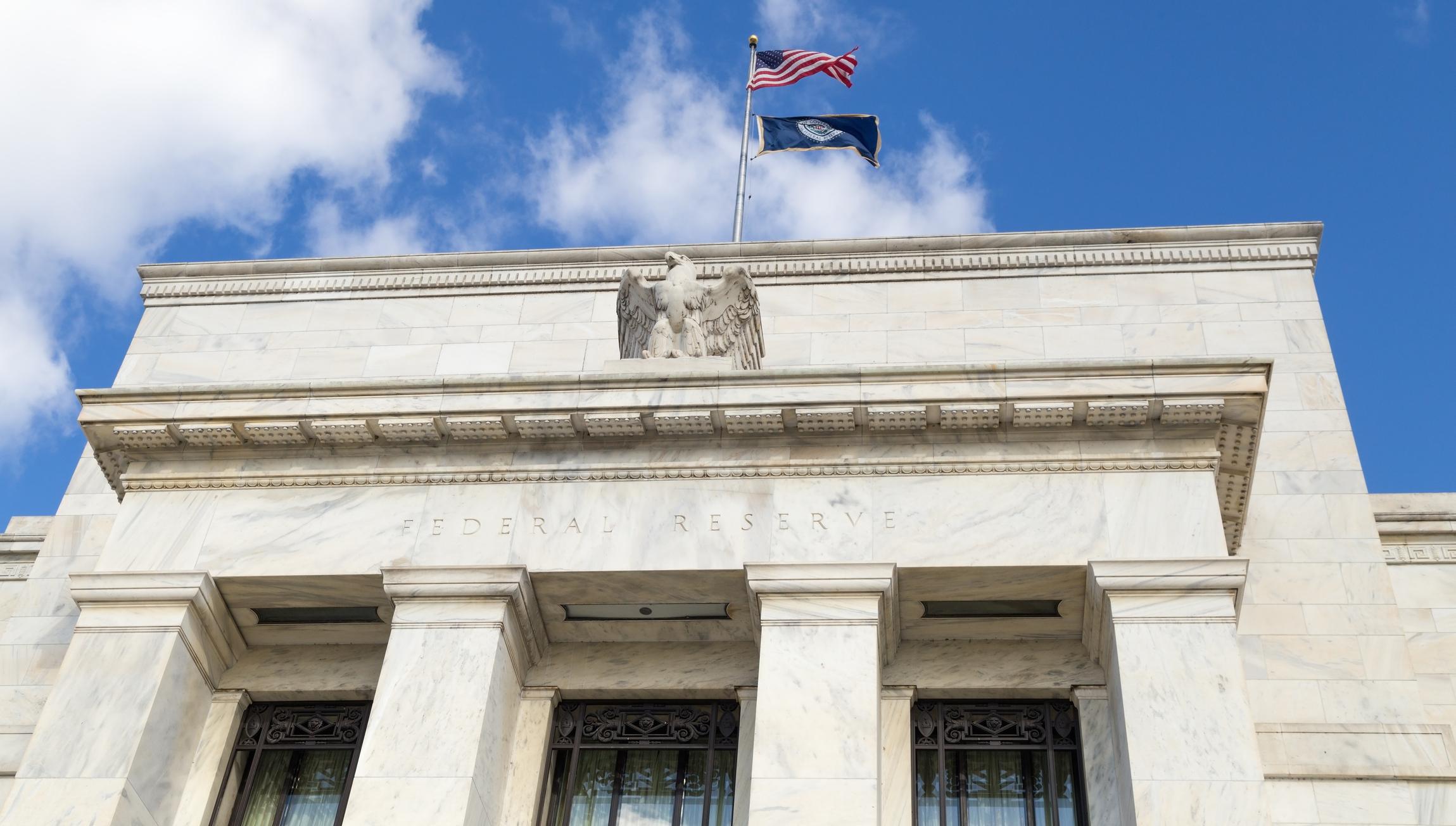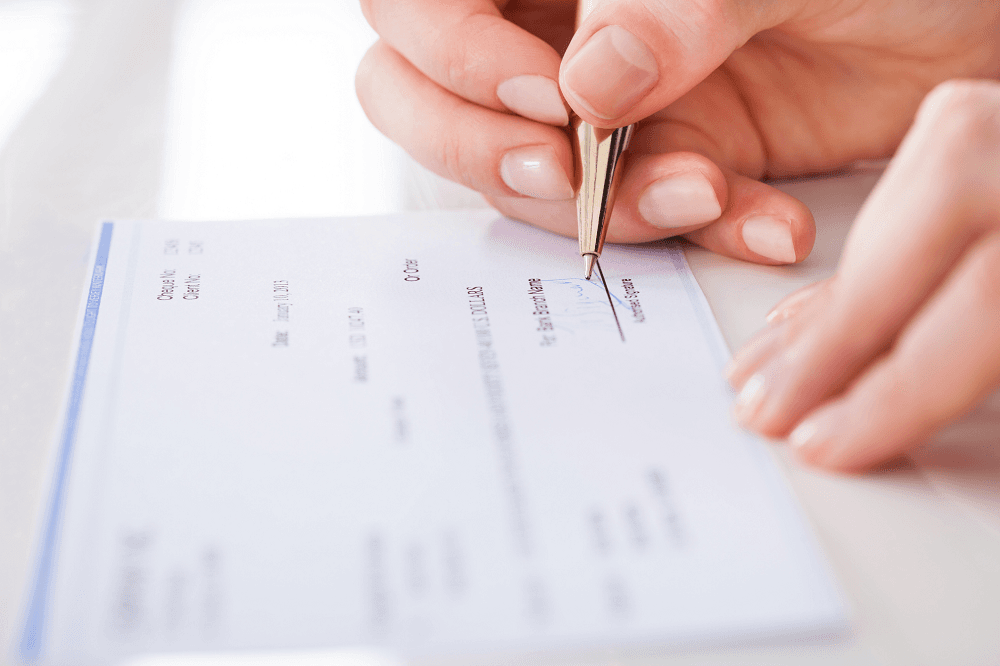Business News Daily provides resources, advice and product reviews to drive business growth. Our mission is to equip business owners with the knowledge and confidence to make informed decisions. As part of that, we recommend products and services for their success.
We collaborate with business-to-business vendors, connecting them with potential buyers. In some cases, we earn commissions when sales are made through our referrals. These financial relationships support our content but do not dictate our recommendations. Our editorial team independently evaluates products based on thousands of hours of research. We are committed to providing trustworthy advice for businesses. Learn more about our full process and see who our partners are here.
What Is Stagflation? Inflation Plus Stagnation
Stagflation is rare, but it has devastating effects on the economy. Here's what a period of stagflation would mean for businesses and the larger job market.

Table of Contents
Analysts and former Federal Reserve officials have warned of impending stagflation in the U.S. economy. What do they mean, and why are they concerned?
Stagflation is a rare economic state that last occurred in the U.S. in the 1970s. The name is derived from two simultaneous characteristics that can lead to broad-ranging economic turmoil: inflation and economic stagnation.
Because stagflation is so uncommon, few understand just how destructive it can be. This economic cycle can wreak havoc on businesses and consumers, so it’s essential to understand its causes and effects.
What is stagflation?
High inflation is seldom accompanied by a period of stagnation, but when the two coexist, the economy is in a state of stagflation. During these times, the prices of goods and services increase while economic growth remains sluggish and unemployment rates rise. In other words, prices are rising, and purchasing power doesn’t keep pace.
Typically, a slow economy would reduce the demand for goods and services, driving prices down. However, stagflation’s dual characteristics compound each other.
Rising prices put a major squeeze on the unemployed or those living on a tight budget. As the unemployment rate rises along with prices, people are forced to go into their savings more often. As consumer spending slows, business revenues decline, with business-to-business (B2B) companies also suffering.
Once stagflation starts, it’s extremely difficult to stop. When economic growth is slow or a recession hits, the Federal Reserve can alter monetary policy to encourage spending in a bid to stimulate sluggish economies, as it did in the wake of the 2008 financial crisis. In a period of stagflation, however, pushing down interest rates to encourage spending will exacerbate inflation, ultimately making matters worse.
Instead, stagflation demands a much more farsighted approach to reforming fiscal policies.
What causes stagflation?
There are competing schools of thought regarding what causes stagflation:
- Keynesian economists argue that shocks to energy or food supplies, such as increases in oil prices, cause stagflation.
- Monetarists say that stagflation is the result of a rapid expansion of a country’s money supply.
- Supply-side economists believe stagflation is the combination of tight business regulations and high taxes.
How does stagflation affect businesses?
Stagflation creates a crunch for businesses, especially small businesses. Usually, when the cost of inputs increases, companies can raise prices and remain competitive, confident that other companies are facing the same issue.
However, during stagflation, more people are out of work, and wages are not increasing, so customers can’t afford to pay higher prices.
At the same time, businesses often experience labor disruptions during stagflation, as employees seek higher wages in the face of increasing costs. However, employers can’t afford to raise wages when sales are down.
Consumers can’t spend, businesses have fewer customers, and the cycle repeats.
History of stagflation
The term “stagflation” was coined in the 1970s when the United States began experiencing inflation during a recession. Some suspect this instance resulted from the policies of the Nixon administration, which heavily encouraged the Federal Reserve to increase the money supply alongside the White House’s strategy of wage and price controls.
The policy looked promising at first, but a sudden spike in oil prices crippled virtually every supply chain. The combination of these factors led to double-digit inflation in 1973 and 1974 and nearly doubled the unemployment rate. Naturally, consumer spending plummeted. [Related article: What Is Supply Chain Management?]
Many were concerned that massive public spending to cushion the blow of the COVID-19 pandemic would lead to inflation. While the Federal Reserve initiated a series of interest-rate hikes in a bid to combat inflation, rates remain low. And while the Congressional Budget Office projects an increased gross domestic product (GDP) and reduced inflation, confidence about the economy among the American public is at its lowest point since the end of the Great Recession in 2009.
Analyst Simon Baptist, global chief economist at the Economist Intelligence Unit, told CNBC that he doesn’t believe stagflation is on the horizon, but many are concerned that a recession is imminent.
How do you fight stagflation?
The cure for stagflation was also identified in the 1970s by the same person who identified the problem in the first place: Robert A. Mundell.
In a nutshell, Mundell’s approach is simple: Cut tax rates for companies and individuals to increase their immediate buying power while restricting the availability of money to borrow. The two simultaneous policies create higher demand for the available currency, making it more valuable with tighter supply and breaking inflation simultaneously.
Will stagflation reoccur?
According to some experts, stagflation will not happen again.
In the wake of the Paycheck Protection Program, increased unemployment payments and supply chain issues that drove inflation, many economists thought stagflation was a real possibility. It didn’t happen.
However, the conflict in Russia, continued supply chain disruptions and an unsteady stock market make long-term predictions difficult.
Political gridlock also has the potential to have economic effects due to leadership fears and changing power dynamics in Washington. The major schools of thought around economic policy remain essentially unchanged, but policymaking gets harder by the day because of political division. If stagflation does occur, politicians may not be able to act quickly or agree on a solution.
Preparing your business for stagflation
In an effort to make their businesses recession-proof, smart business owners are adjusting their strategies now for potential stagnation or recession. For example, shifting investments into lower-growth but recession-proof industries like healthcare, consumer staples, utilities and discount retail – or ensuring staffing flexibility in the hiring process – may position your business to weather even the harshest economic storm.
Though policymakers may not be able to do much to reduce the sting of higher prices without growth, business owners can and should prepare themselves to reduce the impact of stagflation on their operations.
Adam Uzialko and Chad Brooks contributed to the writing and reporting in this article.














